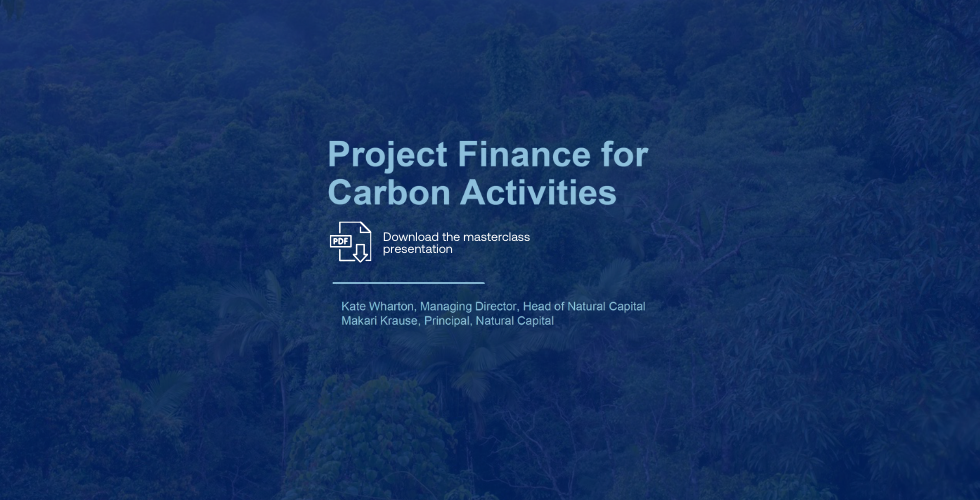
Tariff Reduction Prototype & Scale-up – Mini-Grid Innovation Lab
Sub-Saharan Africa
About the Client
The first instance of the tariff reduction prototype in Tanzania was funded by the Rockefeller Foundation. The nationwide pilot currently being implemented in Sierra Leone is funded by the Global Energy Alliance for People and Planet (GEAPP). The Mini-Grid Innovation Lab worked with 5 developers across 2 countries to test the tariff reduction prototype in the initial prototyping phase and the current nationwide pilot in Sierra Leone.
Engagement
The tariff reduction prototype is aimed at testing the impact of providing mini-grid power at subsidized tariffs on customer consumption, and overall mini-grid economics for Sierra Leone.
The first instance of testing this prototype was deployed in Tanzania across 5 mini-grid sites and 2 developers – the results indicated that reducing mini-grid tariffs leads to immediate, massive, and sustained growth in ACPU. Based on the results in Tanzania, we launched a nationwide tariff program in Sierra Leone, starting with a one-year pilot.
Some of the key hypotheses being tested in the pilot are:
Consumption growth: ACPU will increase by an average of ~33% from baseline levels within 6 months of reducing the tariff (residential and productive use)
Price elasticity: Price elasticity of demand will be >0.8 at reduced tariff
Site capacity: Site capacity utilization (ratio of consumption to theoretical capacity) will be increase by 40% within 12 months of reducing the tariff
Approach
The prototype helped improve understanding of the scalability and effectiveness of tariff reductions in fostering both economic and energy consumption growth in emerging markets. It involved:
Prototype Ideation and Design: Organized workshops with developers, government representatives, and implementation partners to finalize prototype specifics like duration, tariff rates, and targeted sites.
Approval: Created an operational agreement including study design, budget, and data collection plan; obtained regulatory approvals for tariff changes.
Launch and Follow-Up: Rolled out the prototype in partnership with developers, initiated data collection, and continually monitored the implementation process.
Analysis and Publication: Assessed site-level and individual consumption data, and system uptime for both control and treatment sites. Calculated observed price elasticity to evaluate the feasibility for future scaling.









